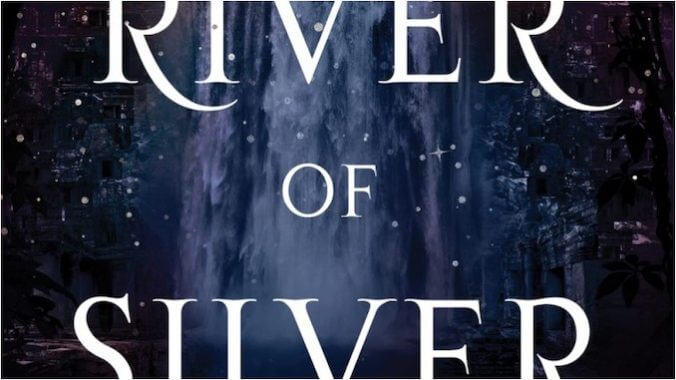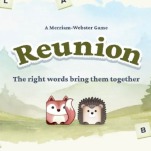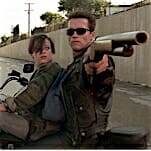The River of Silver Offers a Welcome Return to the World of Daevabad

S.A. Chakraborty’s Daevabad trilogy—The City of Brass, The Kingdom of Copper, and The Empire of Gold—is a rich, vividly imagined historical fantasy full of epic adventure, complex politics, and a long and bloody history of conflict between the human world and that of the djinn, most of which takes place in a magical city known as Daevabad. This story is beautifully written and densely plotted, mixing questions of faith, family, conquest, and identity in a tale that offers no easy answers or glib platitudes to the complex questions it raises. And the trilogy’s ending is fantastically bittersweet: deserved, and earned, to be sure, but full of both triumph and heartbreak.
The River of Silver takes us back to the world of Chakraborty’s Daevabad, offering an anthology of fifteen tales, snippets, prologues, and cut scenes that enrich the world of the novels, provide fresh new insight into many of the series’ characters, and give additional context for some of the events we’ve already seen unfold. Best of all, almost all of the entries focus on characters who are not Nahid heroine Nahri or her thousands of years old Afshin, Darayavahoush, allowing various supporting and background figures from the larger world of the trilogy to take center stage at last. (Though one the few that do, including Dara and Nahri’s initial journey through a human market to Daevabad and a scene from early in her marriage to the emir Muntadir, are two of the book’s best.)
The stories within The River of Silver vary in length and tone, and many (most?) are as deftly bittersweet as Chakraborty’s larger trilogy. Some fill in emotional gaps from the novels, while others feel almost as though they could be standalone adventures that just happen to take place in the same universe. And still more occur in the spaces between the books, giving us a glimpse at what happened to various characters during the breaks between each novel, detailing events that had only been previously referred to in throwaway lines of exposition.
Each segment is named after the POV character it focuses on and thankfully includes a brief explanation of where it fits in the timeline in relation to the rest of the trilogy and which, if any, of the three books it contains spoilers for. Not only is this an excellent tool for those that haven’t finished the primary books yet, but it’s also a good refresher for those that have read them about where certain characters are in their various emotional, political, or sometimes physical journies.
-

-

-

-

-

-

-

-

-

-

-

-

-

-

-

-

-

-

-

-

-

-

-

-

-

-

-

-

-

-

-

-

-

-

-

-

-

-

-

-








































